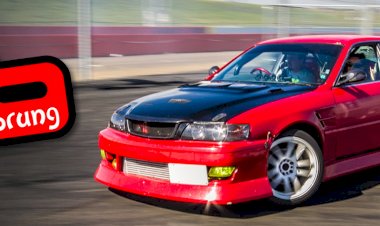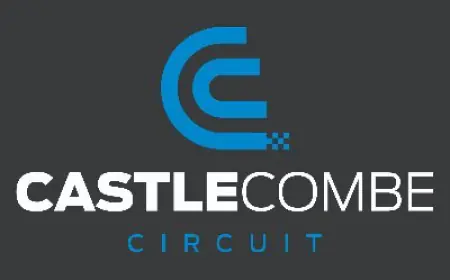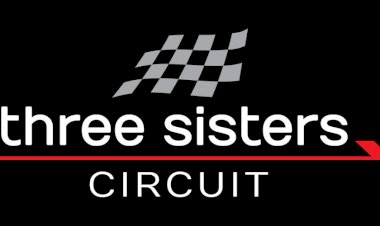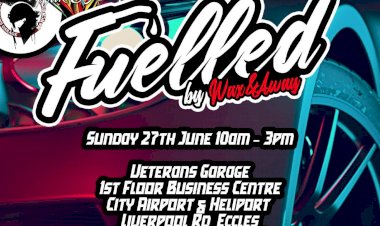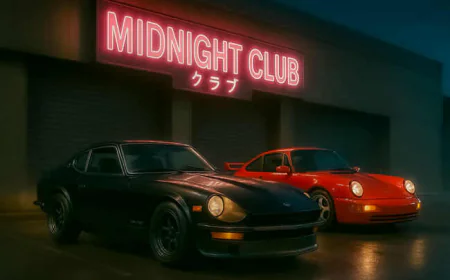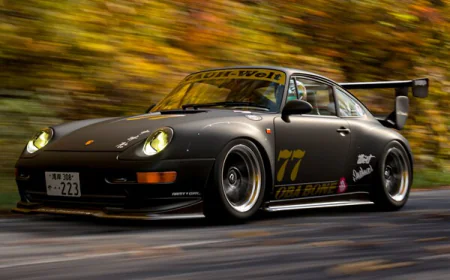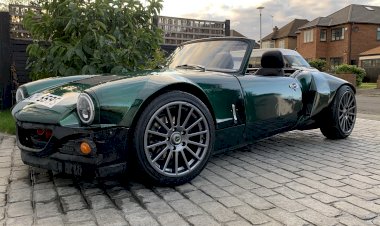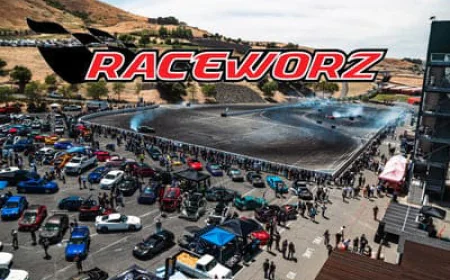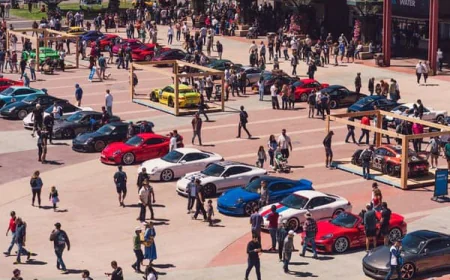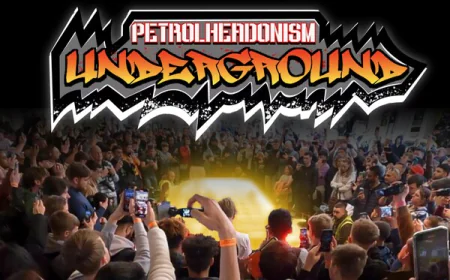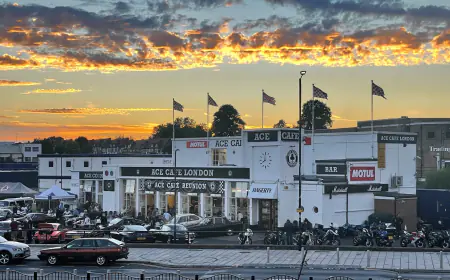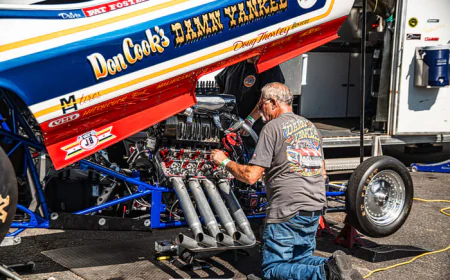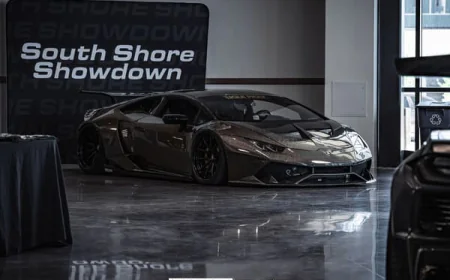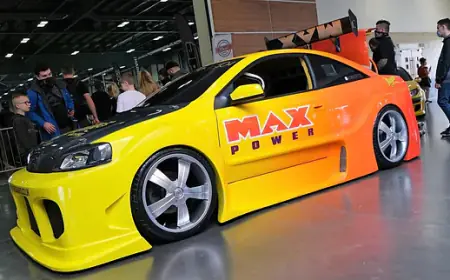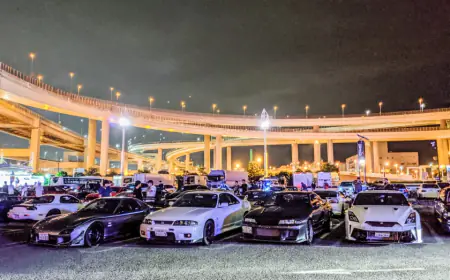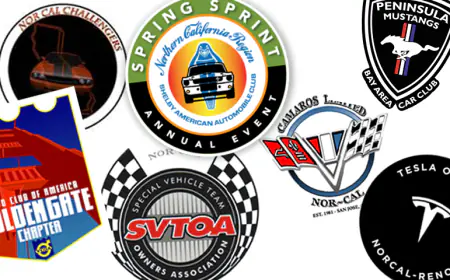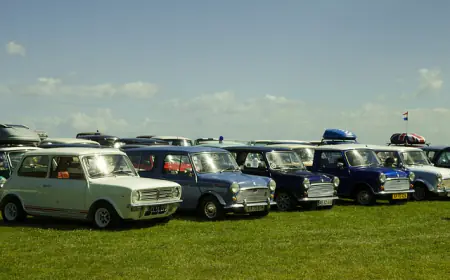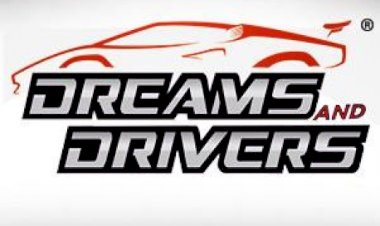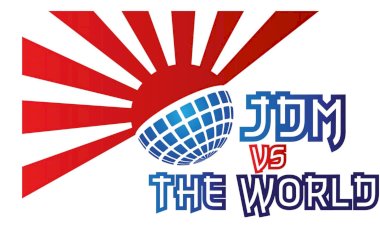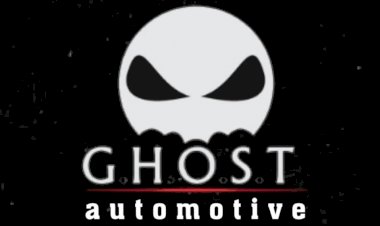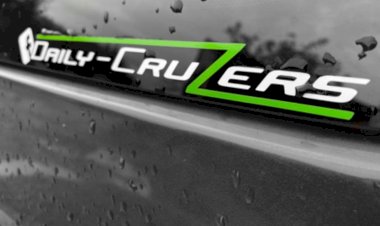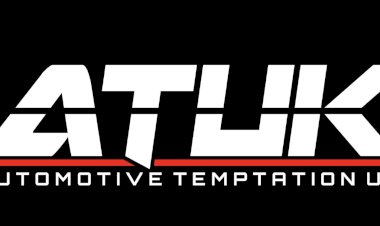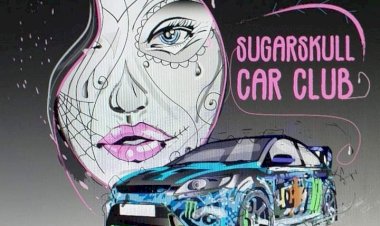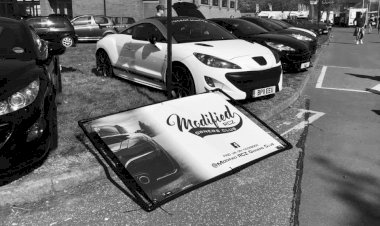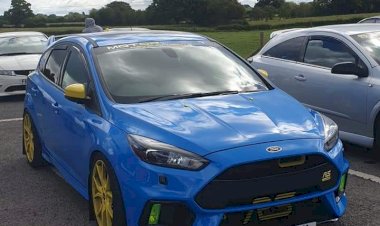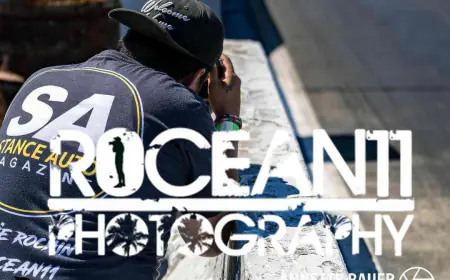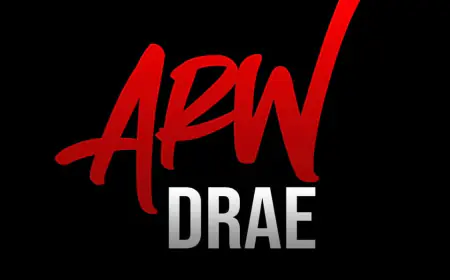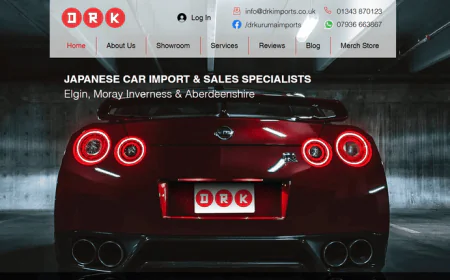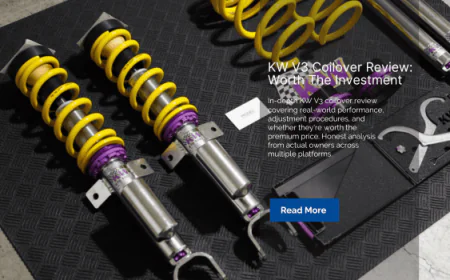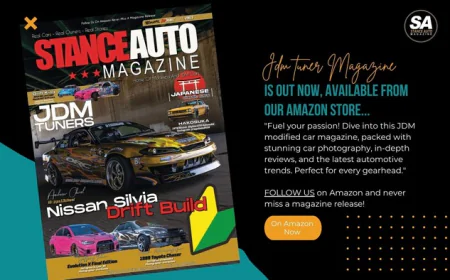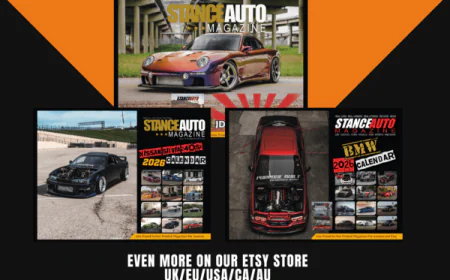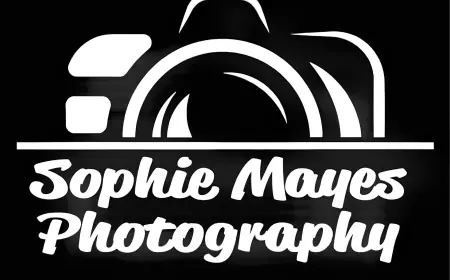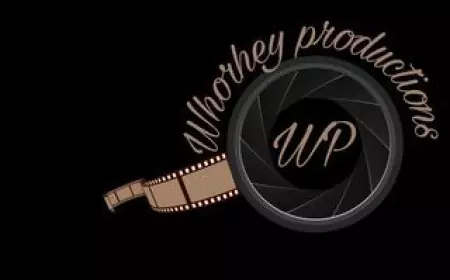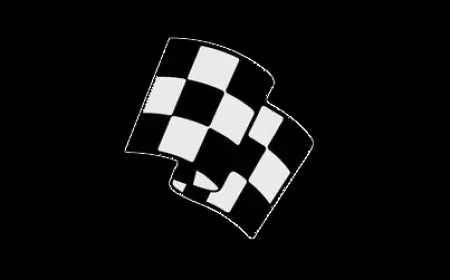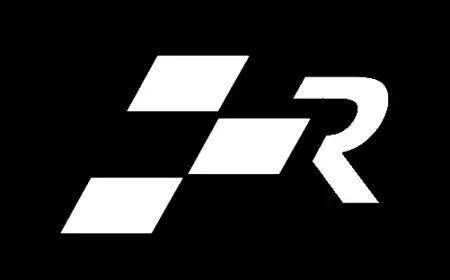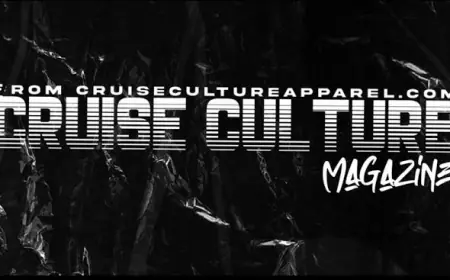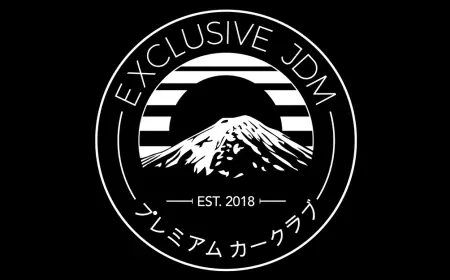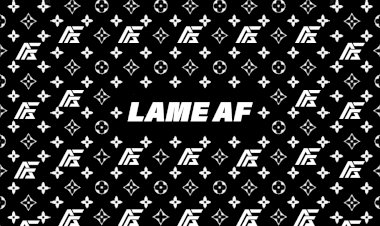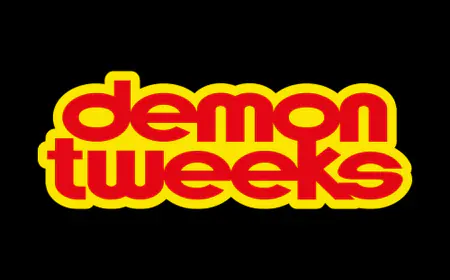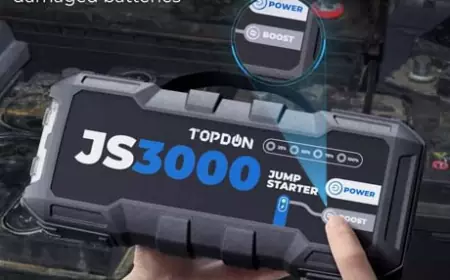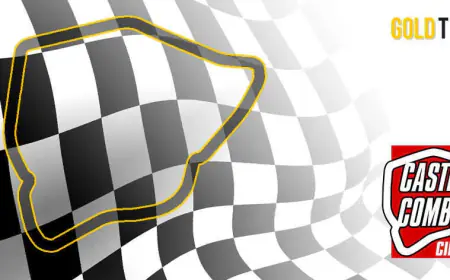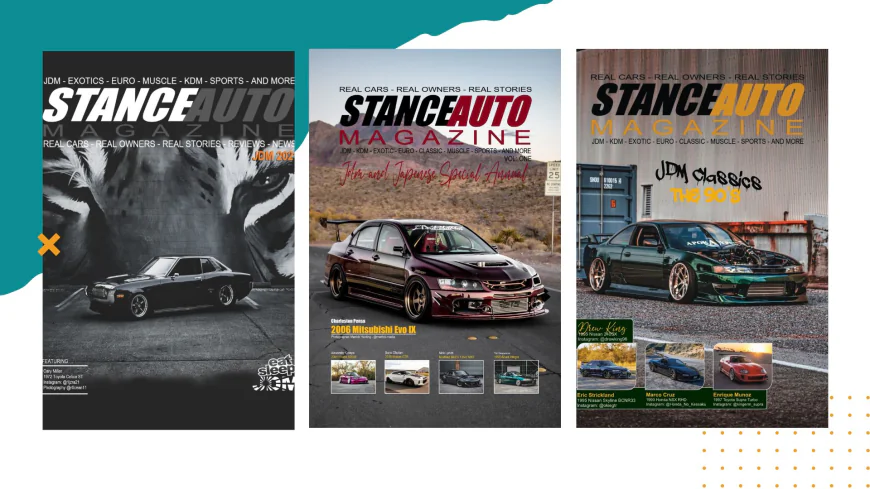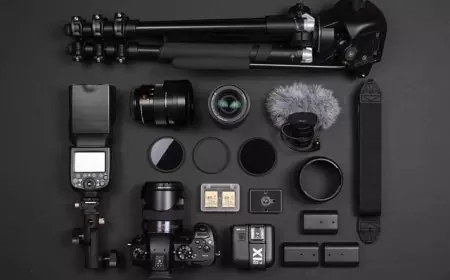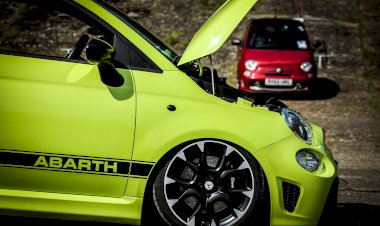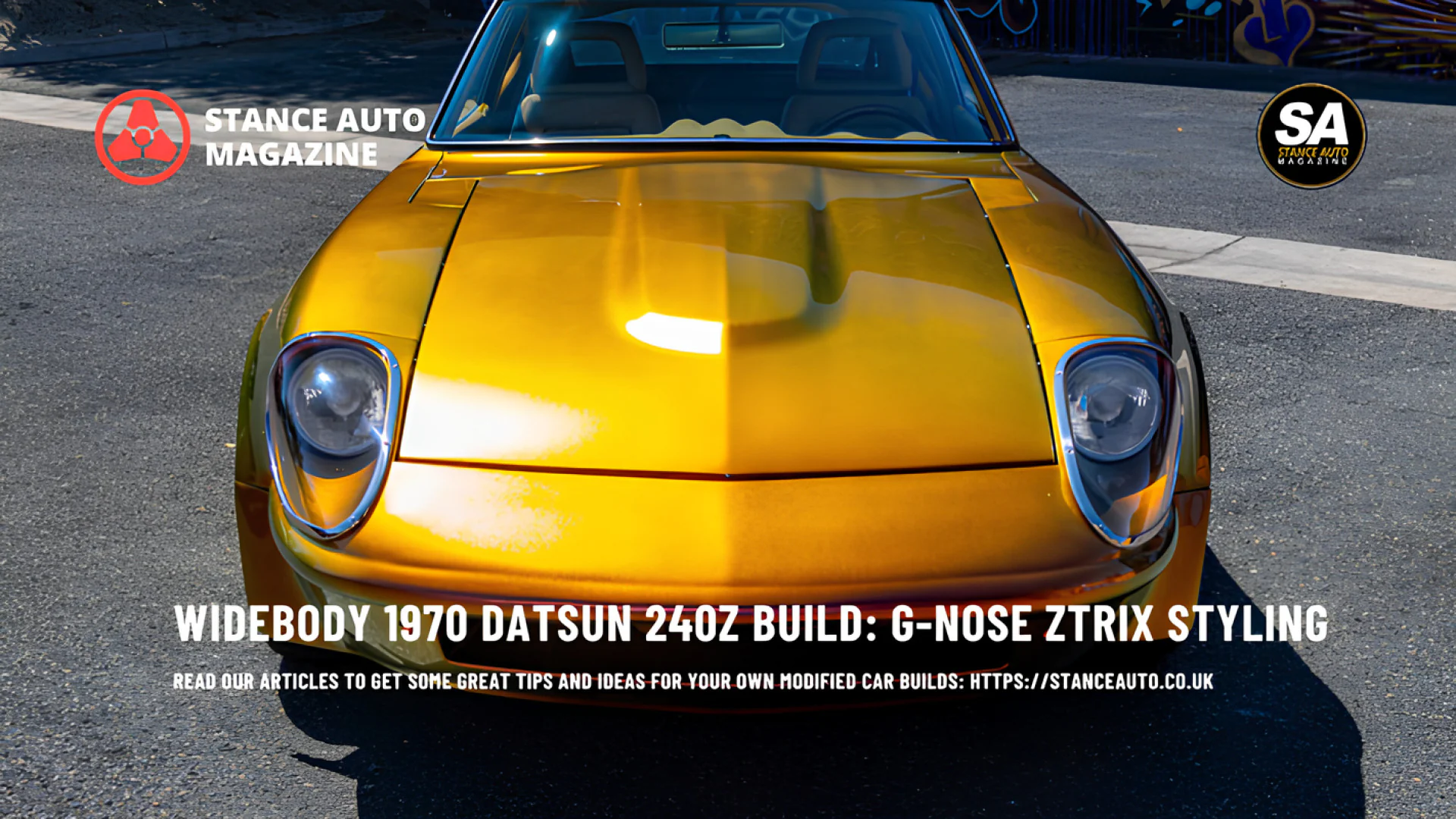Four Years of JDM Excellence: The Complete Stance Auto Magazine Archive
Explore four years of Stance Auto Magazine's JDM coverage, featuring legendary builds, emerging trends, and the evolution of Japanese tuning culture through exceptional automotive journalism.
TL;DR: Key Takeaways
-
Four years of Stance Auto Magazine documentation reveals the evolution of JDM culture from nostalgia-driven restorations to cutting-edge builds incorporating modern technology
-
The archive showcases over 200 exceptional JDM cars spanning multiple generations, demonstrating the depth and diversity within Japanese performance culture
-
Comprehensive coverage of JDM tuners and workshops provides unmatched insights into the philosophies and techniques that produce magazine-worthy builds
When Stance Auto Magazine launched four years ago, the JDM car magazines landscape needed a publication that could honor the heritage of Japanese automotive culture while documenting contemporary developments with production values and editorial depth matching the quality of the builds themselves. Looking back across four years and dozens of issues reveals not just a collection of exceptional vehicle features but a comprehensive narrative about where JDM culture has been, where it currently stands, and where it's heading as new generations of enthusiasts discover these legendary platforms and established builders continue pushing boundaries of what's possible with Japanese performance cars.
The archive serves multiple functions for enthusiasts—it's a historical record documenting specific builds at particular moments in their development, a technical resource providing detailed modification information across hundreds of vehicles and thousands of components, and a cultural chronicle showing how community values, aesthetic preferences, and performance priorities have evolved or remained constant across this transformative period. For anyone serious about understanding contemporary JDM tuners culture, engaging with this archive isn't optional—it represents the most comprehensive documentation available of what defines excellence in Japanese performance car building during the 2020s era.
Year One: Establishing Standards and Vision
The inaugural year of Stance Auto Magazine focused on establishing editorial standards and demonstrating that the publication could deliver content quality justifying premium pricing in an environment flooded with free automotive media. Early issues featured a deliberate mix of established JDM legends—immaculately built R34 Skyline GT-Rs, heavily modified Supras, perfectly executed NSX builds—alongside less commonly featured platforms that demonstrated the depth of Japanese performance culture beyond the handful of models that dominate casual conversations. This approach signaled that Stance Auto understood JDM culture comprehensively rather than simply chasing the most obvious subjects.
The photography from this first year set immediate standards, with location shoots at iconic circuits like Brands Hatch and carefully selected urban environments that placed vehicles in contexts evoking the street culture from which much of Japanese tuning emerged. Workshop features introduced readers to UK-based specialists maintaining the traditions and standards of Japanese tuning culture while serving local markets, creating bridges between the domestic Japanese scene and international enthusiasts building similar vehicles under different conditions and regulatory environments. These early issues also established technical depth as a priority—every featured build included comprehensive modification lists, explanations of builder choices and philosophies, and performance data that gave readers genuine understanding of what distinguished exceptional builds from competent ones.
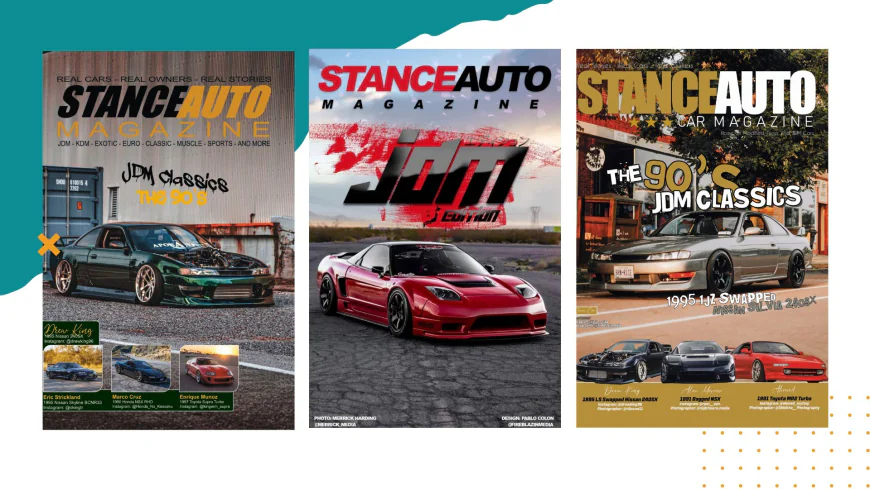
Year Two: Expanding Scope and Deepening Relationships
The second year saw Stance Auto expanding coverage scope while deepening relationships with builders and workshops that would become regular contributors and subjects across subsequent issues. This year introduced several recurring features—workshop profiles that went beyond single-issue coverage to document facilities across multiple visits, showing different projects and allowing readers to understand how master JDM tuners approach various challenges and platforms. Owner interview series that followed enthusiasts across multiple builds revealed how experience shapes preferences and approaches, showing the learning process that transforms novice enthusiasts into knowledgeable builders capable of making informed decisions about modifications and components.
Year two also marked Stance Auto's first truly international issues, featuring builds from Japan alongside UK and European vehicles, creating direct comparisons that highlighted how JDM classics get interpreted differently across regions while maintaining core qualities that make them special regardless of geography. The juxtaposition of a Japanese-built time attack GT-R against a UK-built example optimized for street driving illustrated how the same platform serves radically different purposes depending on builder intent and local culture, while both maintain the attention to detail and component quality that defines exceptional work. These international issues required significant production resources—coordinating photo shoots across multiple countries, arranging translator support for interviews, handling logistics of accessing vehicles and facilities—but delivered content that distinguished Stance Auto from competitors working within more limited geographical scopes.
Year Three: Technical Evolution and Community Building
By year three, Stance Auto had established sufficient reputation and community trust to tackle more ambitious editorial projects while also building digital infrastructure that extended magazine content's reach and impact. This year introduced deep technical series that followed complex builds across multiple issues—a complete RB26 engine rebuild documented from disassembly through dyno testing, a comprehensive suspension development project showing the iterative process of achieving desired handling characteristics, and a restoration series following a legendary JDM cars example being returned to original specifications after years of modifications that, while impressive, had moved the vehicle away from its original character.
These extended features provided unprecedented depth, showing aspects of build processes that typically happen behind closed doors and giving readers insights into the decision-making, problem-solving, and patience required for exceptional work. The technical content became increasingly sophisticated while remaining accessible, explaining concepts like boost control strategies, differential selection for various applications, and aerodynamic principles affecting high-speed stability in ways that enthusiasts without engineering backgrounds could understand and apply to their own projects or simply appreciate when evaluating others' builds.
Year Four: Maturity and Innovation
The most recent year of Stance Auto publication demonstrates editorial maturity and willingness to innovate while maintaining the quality standards established from the beginning. Coverage expanded to include emerging trends like restomod builds that combine classic JDM legends aesthetics with modern drivetrain technology and safety improvements, reflecting broader automotive culture conversations about how to preserve automotive heritage while making these vehicles viable for contemporary use. Electric vehicle conversions of classic Japanese platforms received thoughtful coverage that acknowledged both the technical sophistication required and the controversial nature of removing original powertrains, presenting multiple perspectives without editorializing about which approach enthusiasts should prefer.
Year four also saw Stance Auto addressing practical concerns facing JDM cars owners—features on parts sourcing for aging platforms where manufacturer support has ended, guides to selecting quality independent specialists for work that dealer networks can't or won't perform, and honest discussions about ownership costs and maintenance realities for vehicles that weren't designed for decades of service and face challenges from parts scarcity and specialized knowledge requirements. This practical content complements the aspirational features on exceptional builds, acknowledging that most readers own or aspire to own JDM classics themselves and need information beyond pure inspiration to make those ownership experiences successful and satisfying.
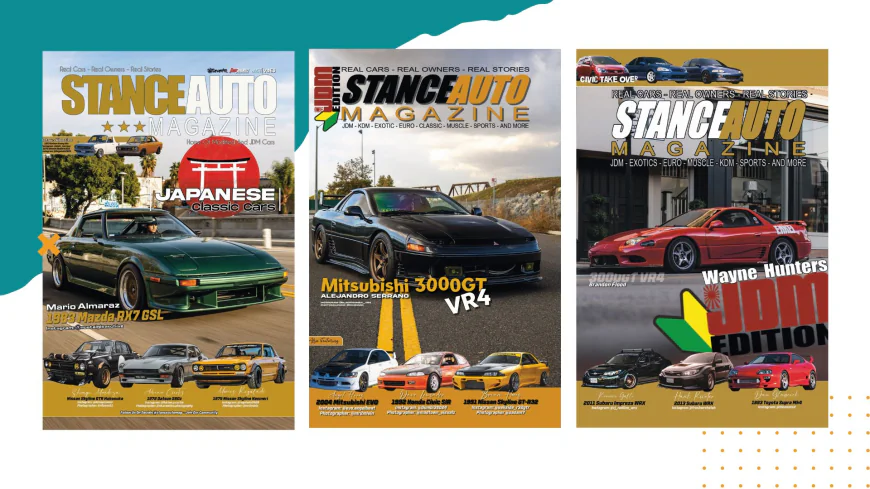
Recurring Themes Across Four Years
Looking across the complete archive reveals consistent themes that define Stance Auto's editorial vision and reflect enduring values within JDM tuners culture. Technical excellence appears constantly—every featured build demonstrates component quality, installation precision, and systematic approaches where modifications work synergistically rather than being randomly accumulated. Respect for heritage manifests in features that honor the racing history and engineering innovations that made particular platforms legendary, even in builds that modernize or radically modify original specifications. The human element remains central, with stories focusing on the builders, owners, and workshops behind the machines, recognizing that exceptional vehicles result from human passion, skill, and dedication rather than simply parts selection and budget.
The archive also documents how certain vehicles have been consistently popular across all four years while others have seen rising or declining interest based on market trends, parts availability, and cultural factors. The R34 Skyline GT-R maintains persistent appeal with multiple features annually covering everything from restorations to extreme modifications, while platforms like the AE86 have experienced resurgence as younger enthusiasts discover vehicles their parents' generation considered contemporary rather than classic. These patterns reveal how automotive culture evolves, which vehicles maintain timeless appeal, and how availability and pricing affect which platforms receive attention from serious builders versus remaining aspirational for most enthusiasts.
The Workshop Network: Four Years of Builder Relationships
One of the archive's most valuable aspects involves comprehensive documentation of workshops and builders who have appeared repeatedly, either as feature subjects or through multiple vehicles built by their facilities receiving coverage. Following these relationships across four years shows how master JDM tuners evolve their approaches, how their signature styles develop and mature, and how sustained excellence in build quality earns recognition within the community. Workshops like Torque GT, Abbey Motorsport, and RK Tuning have appeared across multiple issues, with each feature adding depth to understanding their philosophies, specialties, and the particular approaches that distinguish their work from competitors offering similar services at comparable price points.
These longitudinal workshop relationships provide insights impossible from single-issue coverage—seeing how a particular builder approaches different platforms reveals underlying principles that transcend specific vehicles, while watching their techniques evolve as new technologies and components become available shows the continuous learning mindset that separates true masters from builders who simply repeat established formulas. The archive effectively becomes a directory of vetted specialists, with the sustained coverage serving as implicit endorsement that these facilities consistently produce work meeting Stance Auto's standards. For readers planning builds requiring professional assistance, this curated network of proven workshops represents tremendous practical value beyond the immediate entertainment and education that magazine features provide.
Evolution of Aesthetic Trends and Modification Approaches
Four years of documentation also reveals how aesthetic preferences and modification approaches have evolved within JDM culture, tracking trends from initial emergence through mainstream adoption to eventual decline as new approaches capture community imagination. The aggressive stance movement that dominated early issues—extremely low ride heights, stretched tires, maximum negative camber—has given way to more balanced approaches emphasizing functionality alongside aesthetics, with recent features showcasing builds that achieve visual impact while maintaining usable suspension travel and predictable handling characteristics suitable for enthusiastic driving rather than purely static display.
Wheel trends have similarly evolved, moving from the oversized, aggressive designs popular in year one toward more restrained, period-correct choices that honor the aesthetic context of particular vehicles and eras. This shift reflects growing appreciation for originality and historical accuracy within segments of JDM classics ownership, where maintaining or returning to factory specifications or period-appropriate modifications carries increasing cultural cachet compared to simply pursuing the most extreme contemporary trends regardless of appropriateness for specific vehicles. The archive documents these transitions comprehensively, providing visual record of how community values shift while core principles of quality execution and attention to detail remain constant.
Technical Innovation and Performance Progression
Beyond aesthetics, the Stance Auto archive chronicles significant technical innovations and performance progressions across four years of JDM cars development. Turbocharger technology has advanced considerably, with newer builds featuring sophisticated electronic boost control, anti-lag systems, and twin-scroll designs that improve response and efficiency compared to older approaches relying on simpler mechanical boost control and single-scroll housings. Suspension technology has similarly progressed, with early featured builds using relatively basic coilover systems while recent features showcase sophisticated setups incorporating adjustable damping, remote reservoirs, and carefully engineered geometry modifications that transform handling characteristics while maintaining acceptable ride quality for street use.
Engine management systems have evolved from standalone units requiring extensive custom tuning to increasingly sophisticated factory ECU modifications that retain OEM integration and functionality while supporting substantial performance increases. The archive documents these technological progressions through features comparing different approaches, explaining advantages and limitations of various systems, and showcasing builds at different points along the modification spectrum from mild to wild. This technical chronicle provides valuable reference material for enthusiasts planning builds, allowing them to understand what technologies were state-of-art at different periods and how current best practices compare to approaches that were considered optimal just years earlier.
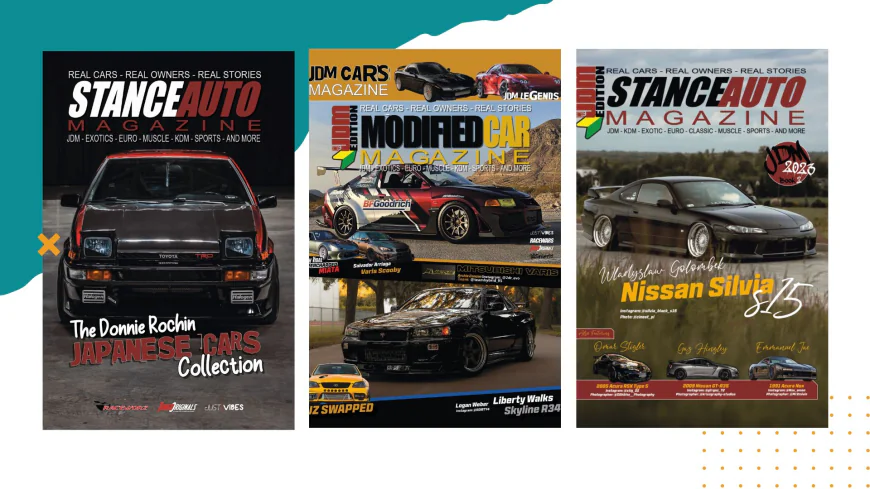
The Archive as Research Tool and Historical Document
Beyond immediate entertainment value, the complete Stance Auto archive functions as serious research tool for multiple audiences—historians documenting automotive culture, enthusiasts researching specific platforms or modification approaches, and academics studying subcultures and communities that form around particular automotive traditions. The comprehensive photography provides visual documentation of hundreds of vehicles at specific moments in their histories, capturing builds that may subsequently evolve, be sold, or in some unfortunate cases be damaged or destroyed. This preservation function becomes increasingly valuable as time passes and these vehicles appreciate, change hands, or disappear, with magazine documentation providing the only comprehensive record of particular examples or build states.
The technical specifications and modification lists included in every feature create a database of proven combinations and approaches across virtually every popular JDM platform and many obscure ones. Enthusiasts researching optimal turbocharger sizing for particular power goals, suspension component compatibility across model years, or brake upgrade options for specific chassis can consult the archive and find real-world examples demonstrating what works, what builders chose, and what results they achieved. This practical utility extends the magazine's value well beyond initial reading, transforming the archive into reference library that grows more valuable as more content accumulates and as featured builds prove their worth through years of reliable operation or competition success.
Digital Access and Archive Navigation
While Stance Auto maintains print as their premium product, they've recognized the research value in making their archive digitally accessible with search and filtering capabilities that physical magazines cannot provide. The complete Stance Auto Magazine archive includes robust search functionality allowing users to find all features on specific platforms, locate content from particular workshops or builders, or research modification categories like turbocharger upgrades or suspension development across multiple vehicles and builds. This digital layer enhances the archive's utility without replacing the print experience—serious enthusiasts maintain physical collections for the superior photography and reading experience while using digital archives for research and cross-referencing.
The archive interface also enables discovery of connections and patterns that might not be apparent from reading individual issues chronologically—seeing all features from a particular workshop collected together reveals their evolution and consistency, while viewing all coverage of specific platforms shows how community preferences and technical approaches have developed for those vehicles. These discovery tools transform a collection of individual issues into a interconnected knowledge base where each feature relates to others through multiple dimensions—shared platforms, common builders, similar modification approaches, comparable performance levels—creating a rich network of information that becomes increasingly valuable as the archive expands.
Community Impact and Cultural Influence
The four-year archive has meaningfully influenced JDM tuners culture beyond simple documentation, with featured builds becoming benchmarks against which other vehicles get measured and builders aspiring to create work worthy of Stance Auto coverage. This cultural impact operates through multiple mechanisms—builds featured in the magazine receive recognition and validation from the community, increasing their value and their builders' reputations. Modification approaches and component choices showcased in features get adopted by other enthusiasts, spreading successful innovations across the community. Workshops featured prominently often see increased business as readers seek out these proven specialists for their own projects.
This influence carries responsibility that Stance Auto takes seriously, ensuring featured builds and recommended workshops truly represent excellence rather than simply having good marketing or photogenic vehicles. The editorial curation process filters the enormous volume of modified JDM cars to showcase only builds meeting rigorous standards for execution quality, technical appropriateness, and overall excellence. This selectivity maintains the magazine's credibility and ensures that influence flows toward builders and approaches that genuinely advance the culture rather than simply generating attention through controversial choices or extreme modifications that sacrifice functionality for visual impact.
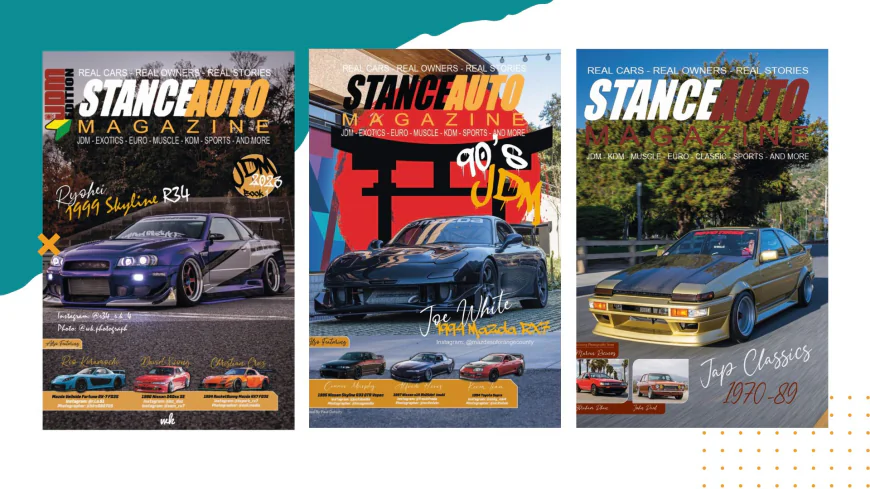
Looking Forward: The Next Chapter
As Stance Auto approaches year five, the foundation built across the first four years positions them to continue expanding coverage while maintaining the quality standards and editorial vision that distinguished them from competitors. Future issues will benefit from the relationships and reputation established, providing access to builds and builders that might not have granted access to an untested publication. The archive itself becomes an asset, demonstrating track record and production quality that reassures potential feature subjects that their vehicles will be documented with the respect and skill they deserve.
For readers interested in the broader context of how JDM magazines bridge traditional print publishing and contemporary digital platforms, the detailed exploration at JDM Magazines Live On: The Digital Evolution of Stance Auto's JDM Coverage provides valuable insights into Stance Auto's strategic approach to maintaining relevance while preserving quality in the digital age.
The archive will continue growing, documenting new trends and innovations while providing historical perspective on how JDM classics and contemporary builds fit within the longer narrative of Japanese performance culture. This ongoing accumulation creates increasing value for subscribers and archive users, with each new issue adding to the comprehensive reference library while connecting to and building upon previous coverage in ways that isolated magazine issues cannot achieve.
Conclusion: Four Years of Excellence, Decades of Relevance
The Stance Auto Magazine archive represents more than four years of automotive publishing—it's a comprehensive documentation of JDM culture at a crucial moment when these vehicles transition from recent used cars to genuine classics, when original owners age out and new generations discover them, and when balancing preservation and innovation becomes increasingly complex as vehicles appreciate and parts become scarce. The archive captures this pivotal period with depth and quality ensuring lasting relevance and value for current enthusiasts and future historians studying this automotive culture's evolution.
For anyone serious about understanding JDM legends, learning from proven JDM tuners, or simply appreciating exceptional automotive journalism that honors both subject matter and readers, engaging with this archive provides unmatched resources and inspiration. The four-year collection demonstrates what's possible when editorial vision, production excellence, and genuine automotive passion align to create content that transcends typical magazine publishing to become definitive documentation of a culture, a community, and a particular approach to automotive enthusiasm that values craftsmanship, engineering excellence, and respect for heritage alongside innovation and individual expression.
Those wanting to understand the specific issue that has driven most readers to Stance Auto and exemplifies their editorial approach at its finest should explore No. 1 Selling JDM Magazine: Exploring JDM 90's Classics from Stance Auto, which provides detailed analysis of their most successful publication and what it reveals about enthusiast values and preferences within contemporary JDM car magazines culture.
Related Articles
-
No. 1 Selling JDM Magazine: Exploring JDM 90's Classics from Stance Auto (https://stanceauto.co.uk/no-1-selling-jdm-magazine-jdm-90s-classics-stance-auto) - Dive deep into what makes Stance Auto's JDM 90's issue their best-selling magazine, featuring the most iconic Japanese classics and legendary builds that define the golden era of JDM culture.
-
JDM Magazines Live On: The Digital Evolution of Stance Auto's JDM Coverage (https://stanceauto.co.uk/jdm-magazines-live-on-digital-evolution-stance-auto) - Explore how Stance Auto is bridging the gap between traditional print magazines and digital content, keeping JDM magazine culture alive for new generations while preserving the depth that makes print essential.
-
Four Years of JDM Excellence: The Complete Stance Auto Magazine Archive (https://stanceauto.co.uk/four-years-jdm-excellence-stance-auto-magazine-archive) - A comprehensive look at four years of Stance Auto's JDM magazine coverage, highlighting the evolution of featured builds, emerging trends, and the workshops that have shaped contemporary JDM tuner culture.
-
JDM Tuners Revealed: Inside the Workshops Defining Japanese Performance (https://stanceauto.co.uk/jdm-tuners-revealed-workshops-defining-japanese-performance) - Go behind the scenes with the master builders and specialist workshops featured in JDM car magazines, understanding the philosophies, techniques, and dedication that produce magazine-worthy builds.
-
From Classic to Contemporary: The Evolution of JDM Legends in Magazine Features (https://stanceauto.co.uk/classic-contemporary-evolution-jdm-legends-magazine-features) - Trace how iconic JDM classics like the Skyline GT-R, Supra, and RX-7 have been documented across decades of magazine coverage, revealing how perceptions and modifications have evolved while core appeal remains timeless.
Want More JDM Icons?
If you love stories like this one, you will enjoy our featured magazines available on Amazon
- Stance Auto Magazine Japanese Classic Cars Vol2: Modified Japanese Classic JDM Cars Magazine
- Stance Auto Magazine July 2025: A Worldwide Monthly Modified Car Magazine
- Modified Car Magazine The JDM Magazine: The World Wide Modified JDM Car Magazine
- Stance Auto Magazine The 90's JDM Classics - June 2025: A look Back At The 90's Classic JDM Cars On Stance Auto
- Stance Auto Magazine Modified BMW'S 2025: The Modified and Tuner BMW Car Magazine
- The RWB Porsche Magazine From Stance Auto: Akira Nakai The Man Behind The RWB Builds
- Stance Auto Magazine JDM Classics The 90s
These print editions showcase incredible builds like Lucas’s GT-R while supporting the global modified car community.
Call to Action
Do you have a build story like this one? Got a build on a budget? We want to see it. Submit your story to Stance Auto Magazine, and you could be the next featured owner showing the world how to do it right—without breaking the bank.
And hey, don’t forget to tag us on socials. Use #stanceautomag on Instagram, Pinterest and Facebook so we can see (and maybe feature) your ride.
Test Your JDM Car Knowledge and Take Our No. 1 JDM Car Quiz

Order Your Stance Auto Car Magazines From Our Amazon Book Store
Test Your Automotive Knowledge and Take Our No. 1 Car Quiz
Get Noticed Use our Hashtags - #stanceauto #stanceautomag #stanceautomagazine #modifiedcarmagazine
UKTM no: UK00003572459
 Like
0
Like
0
 Dislike
0
Dislike
0
 Love
0
Love
0
 Funny
0
Funny
0
 Angry
0
Angry
0
 Sad
0
Sad
0
 Wow
0
Wow
0
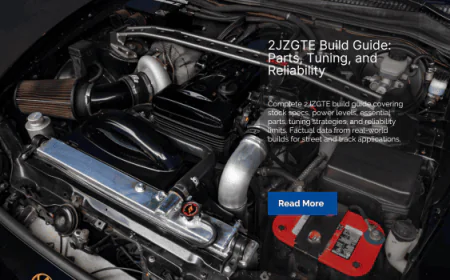

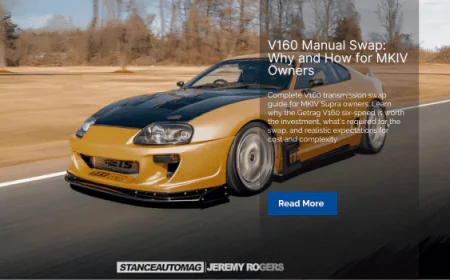
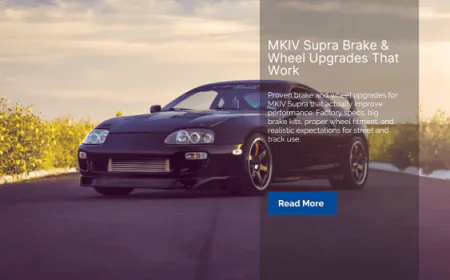



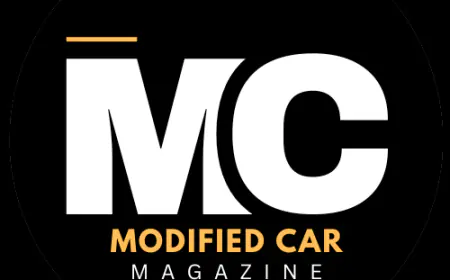

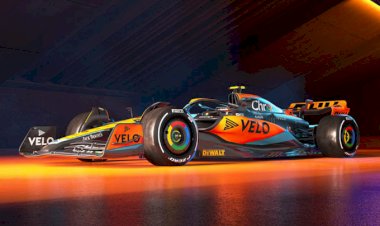
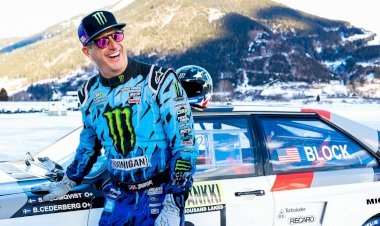


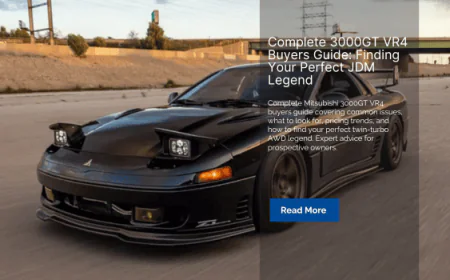




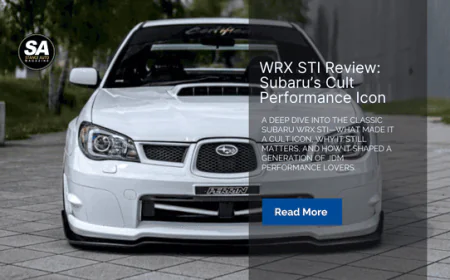
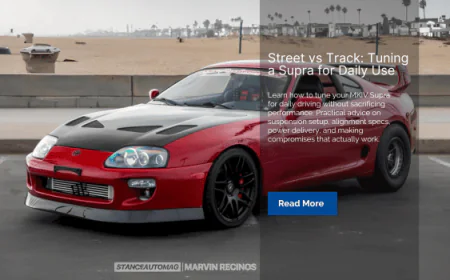
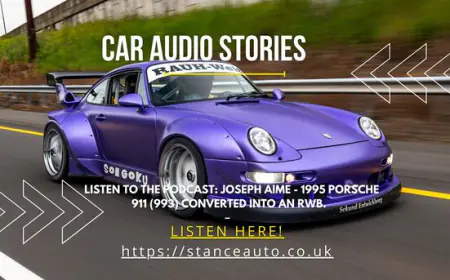
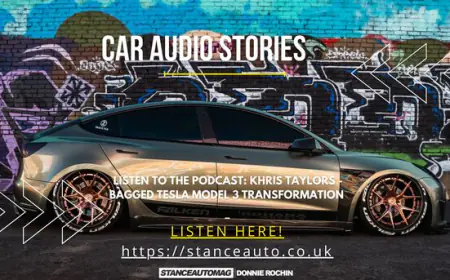
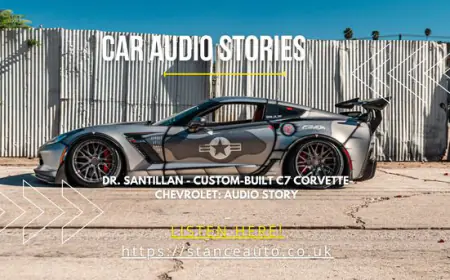



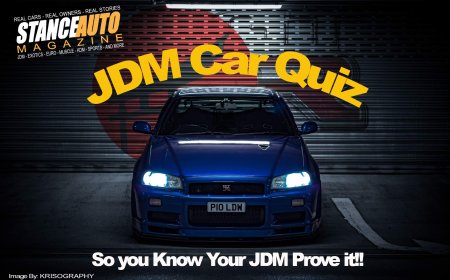


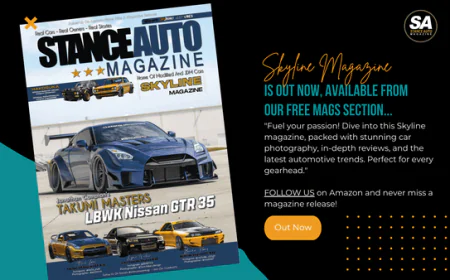

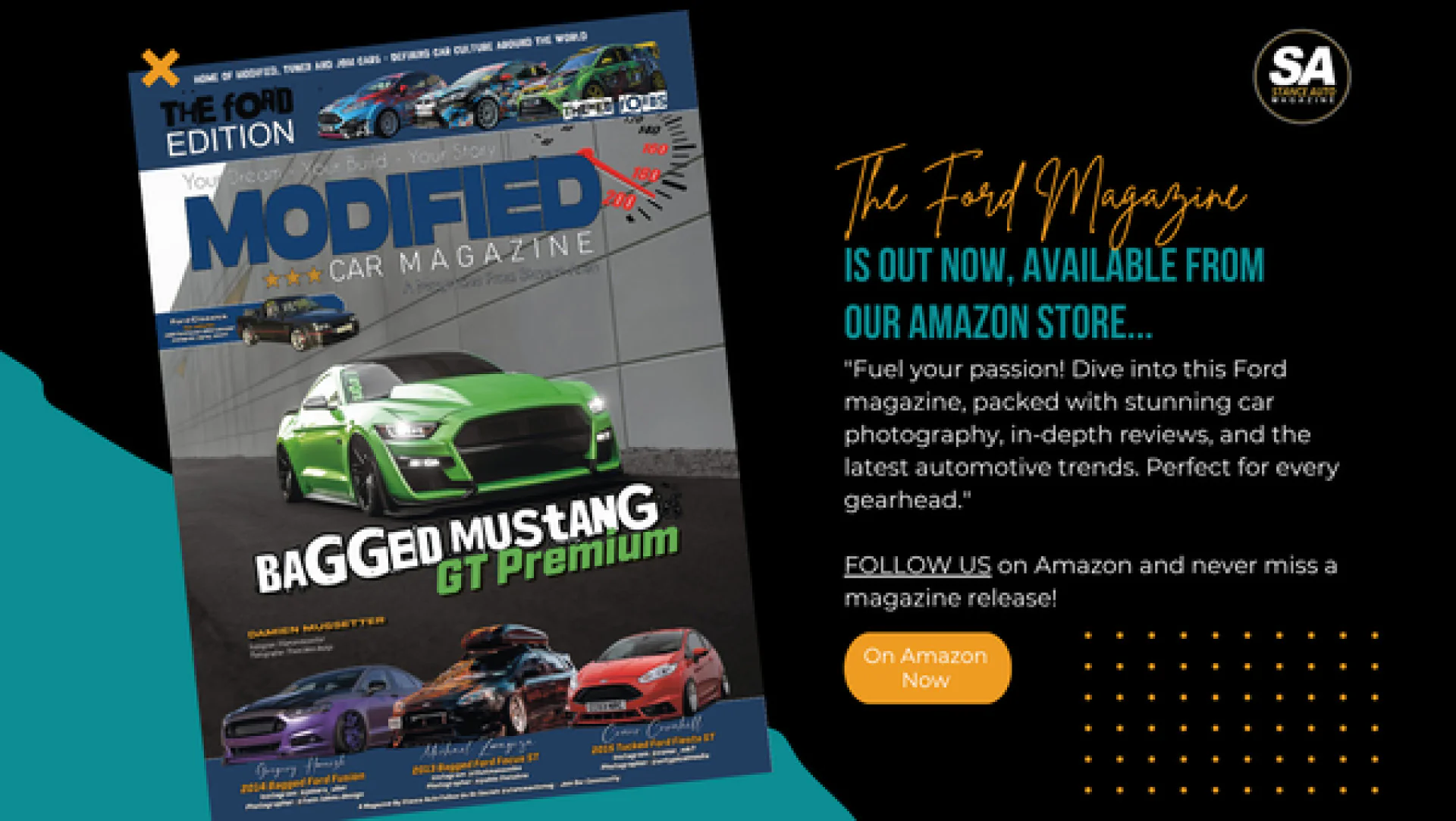



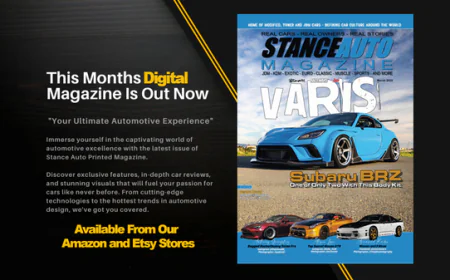
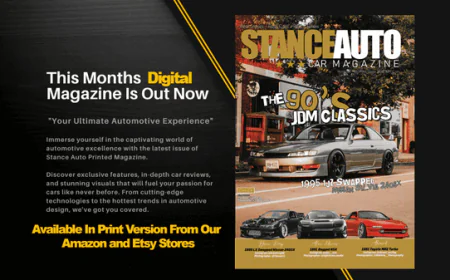
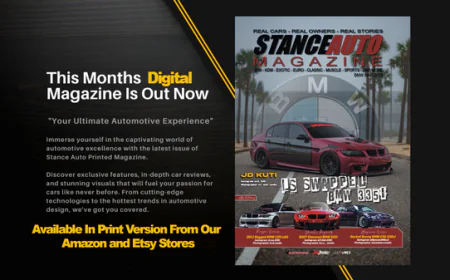
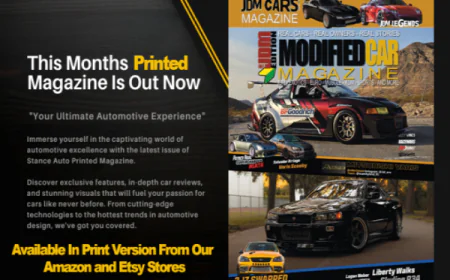
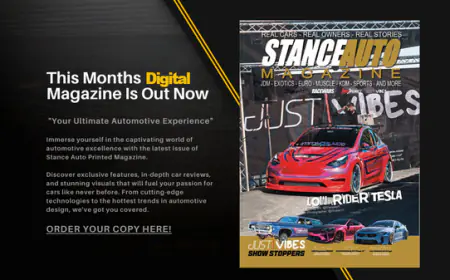
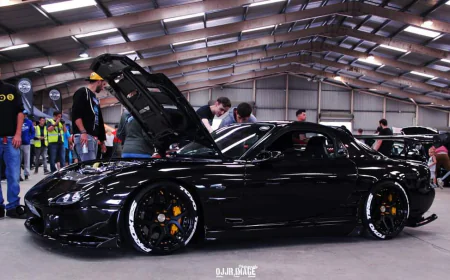

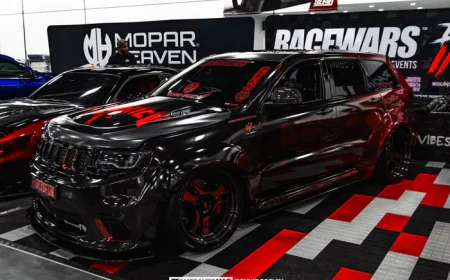





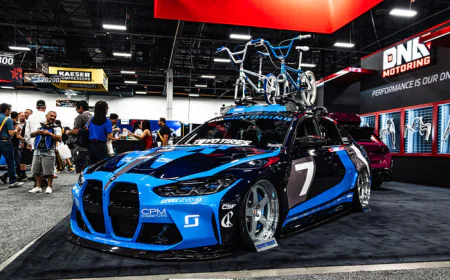
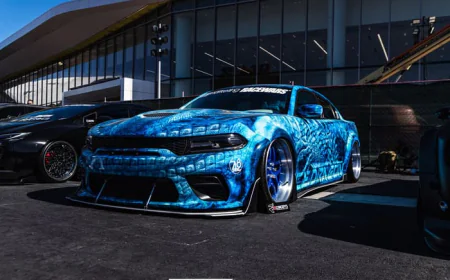



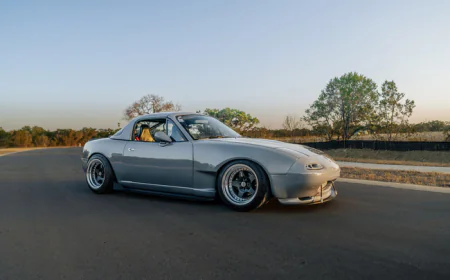

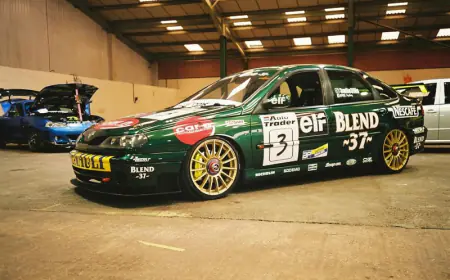








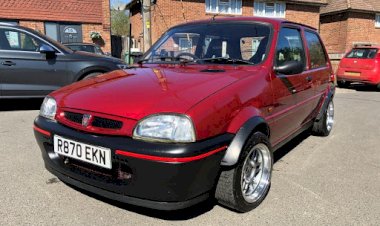
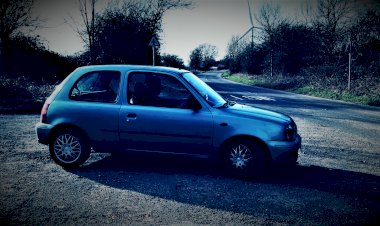




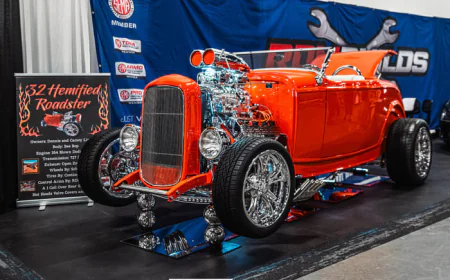


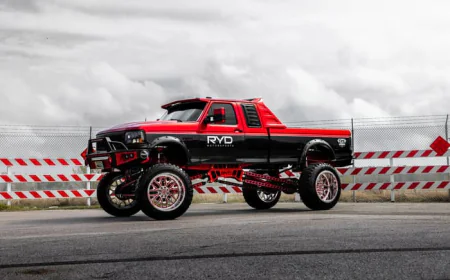
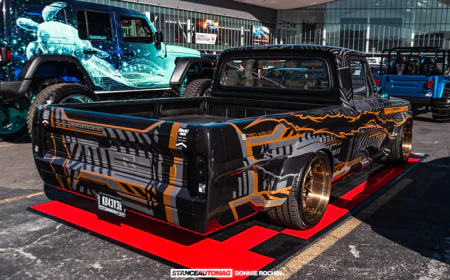

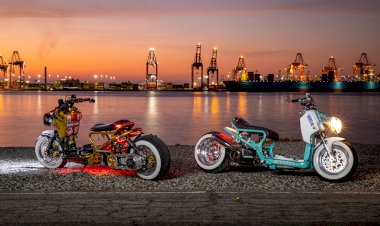

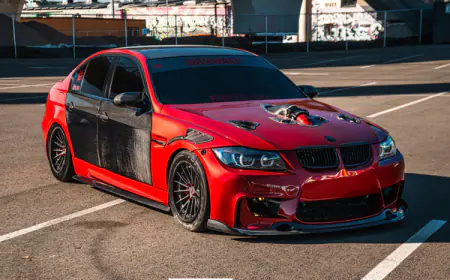
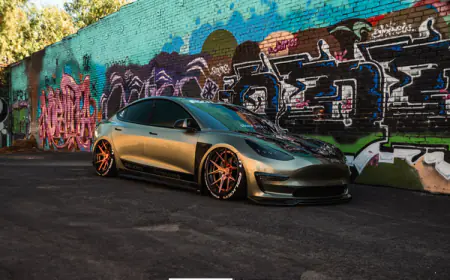




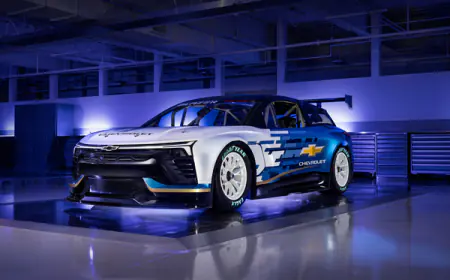

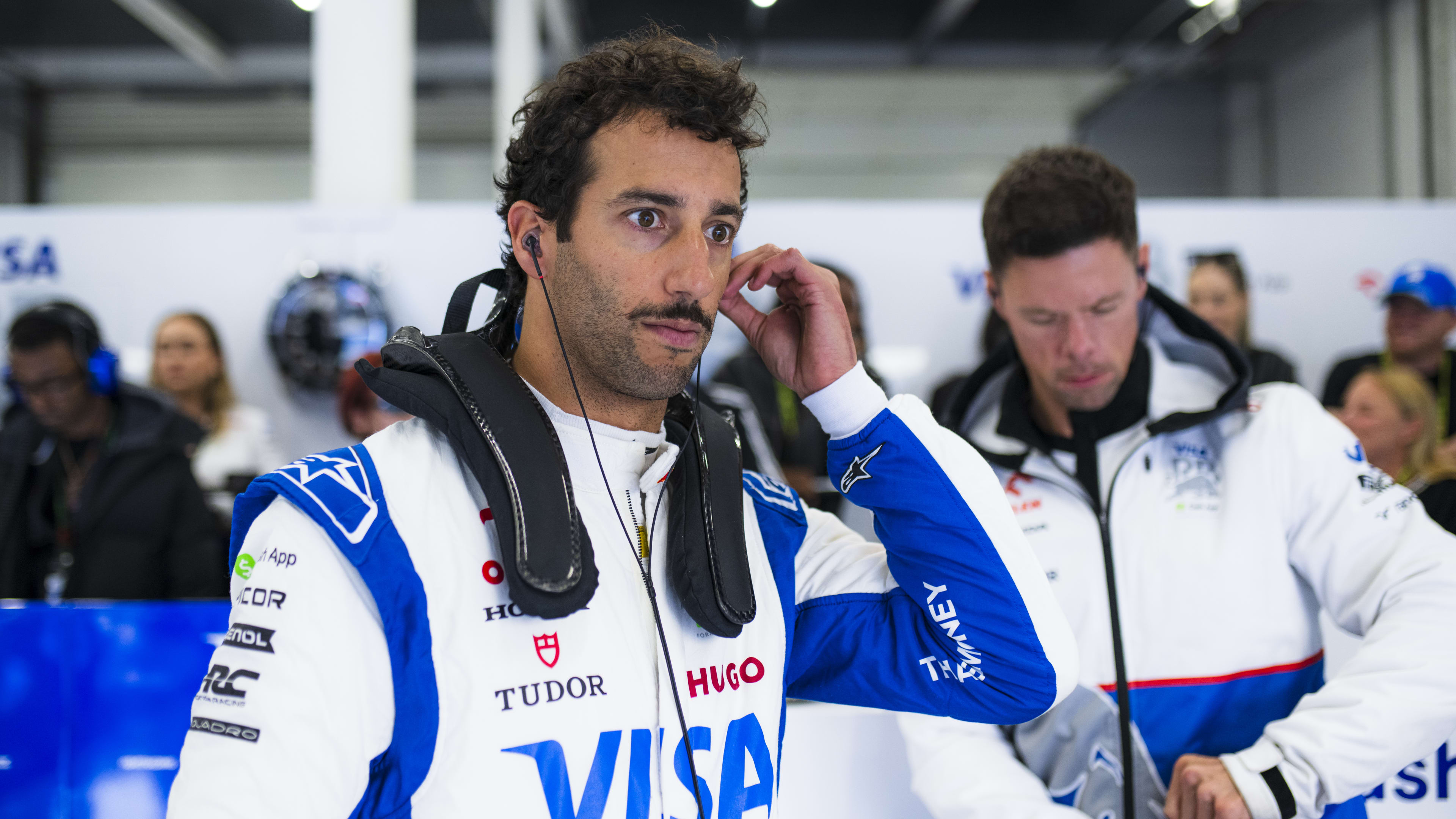
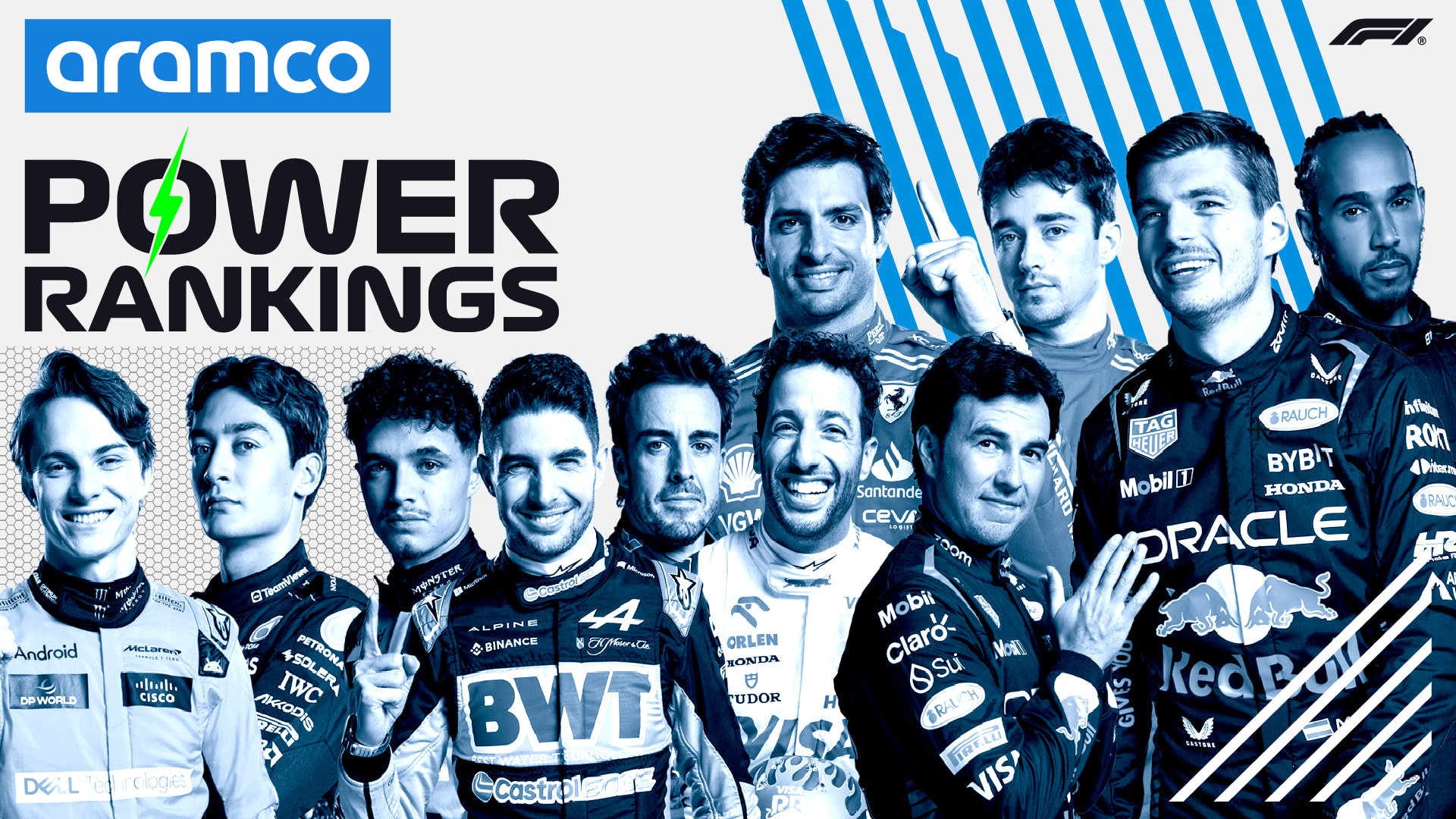
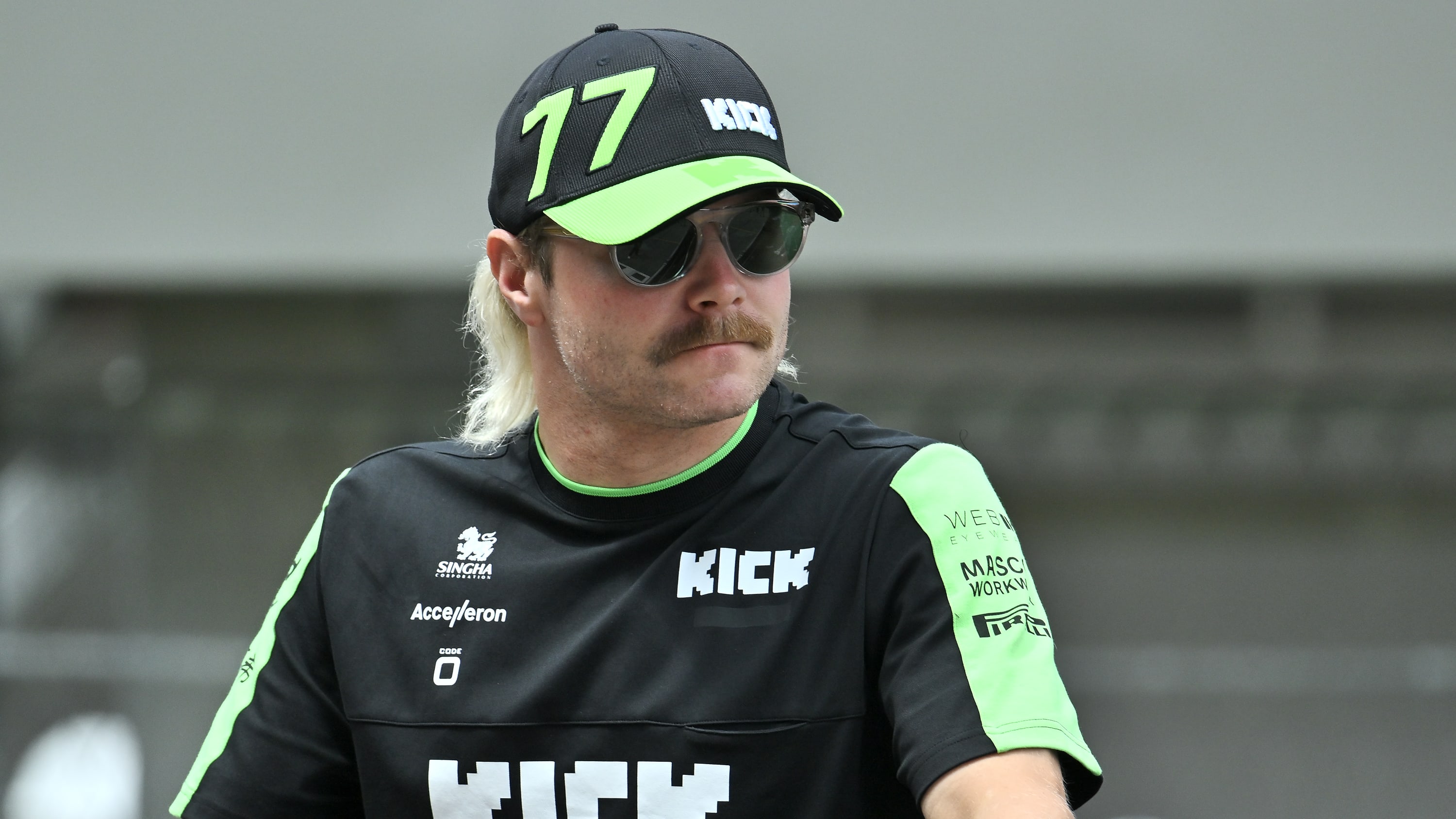
.png)
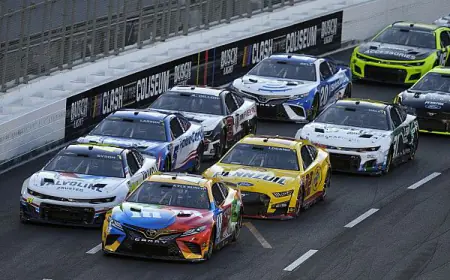



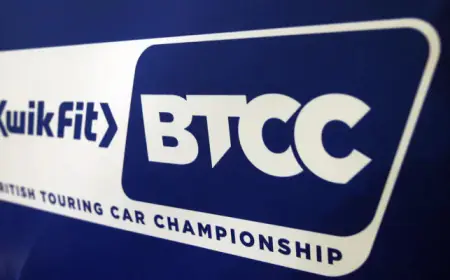
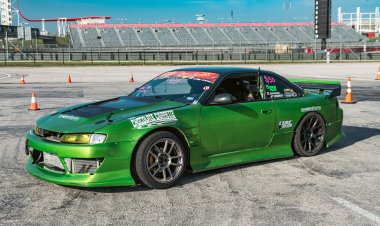
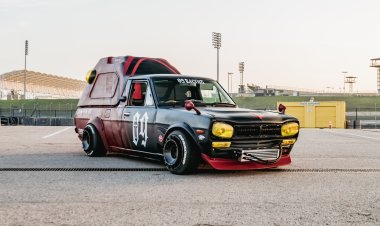


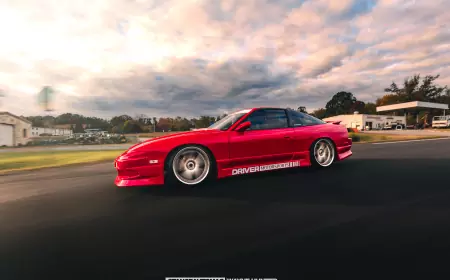


![[HOONIGAN] Ken Block's GYMKHANA NINE](https://img.youtube.com/vi/_bkX5VkZg8U/maxresdefault.jpg)










